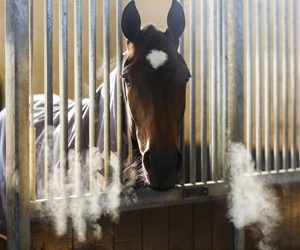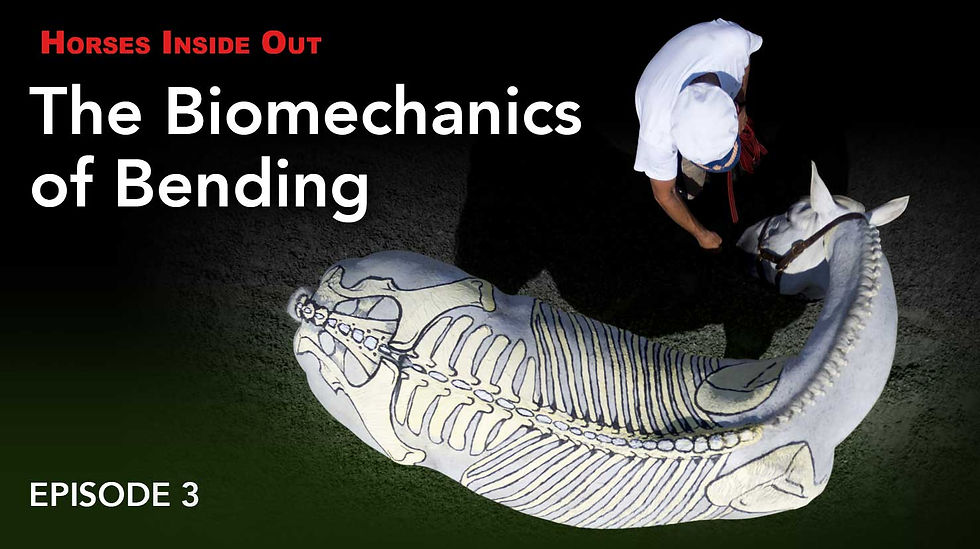From Racehorse to Riding Horse: Retraining the Thoroughbred

Transitioning a thoroughbred from a high-performance racehorse to a reliable riding horse is a rewarding journey that requires patience, knowledge, and dedication. This article explores the key steps, challenges, and benefits of retraining thoroughbreds for new careers beyond the racetrack.
Understanding the Thoroughbred

Thoroughbreds are renowned for their speed, agility, and spirited nature. Originally bred for racing, these horses possess unique physical and mental traits that influence their retraining process.
| Trait | Description |
|---|---|
| Speed & Stamina | Exceptional athleticism suited for racing |
| Temperament | Often high-strung and sensitive |
| Build | Lean, muscular frame ideal for speed |
Recognizing these characteristics helps tailor training methods to suit each horse’s individual needs.
Why Retrain Thoroughbreds?
Many thoroughbreds retire from racing at a young age and need new roles to continue a fulfilling life. Retraining offers:
- Second careers: Riding, jumping, eventing, or therapy work.
- Mental stimulation: Keeps the horse engaged and reduces behavioral issues.
- Physical health: Maintains fitness with adjusted exercise routines.
Steps to Retrain a Thoroughbred
- Assessment and Veterinary Check: Ensure the horse is healthy and sound for new activities.
- Building Trust: Establish a bond through gentle handling and consistent routines.
- Basic Groundwork: Teach leading, lunging, and responding to commands.
- Desensitization: Introduce new environments, sounds, and objects gradually.
- Riding Introduction: Start with light riding sessions focusing on balance and responsiveness.
- Specialized Training: Depending on the chosen discipline, incorporate specific skills.
Challenges in Retraining
- Behavioral Issues: Anxiety, resistance, or learned habits from racing.
- Physical Adaptation: Adjusting to different muscle use and fitness demands.
- Time Commitment: Retraining can take months to years depending on the horse.
Benefits of Retraining Thoroughbreds
- Versatility: Adaptable to various equestrian disciplines.
- Cost-Effective: Often more affordable than buying a purpose-bred riding horse.
- Satisfaction: Contributing to the welfare and extended life of a former athlete.
FAQ
Q1: How long does retraining usually take?
A: It varies widely but typically ranges from 6 months to 2 years.
Q2: Are thoroughbreds suitable for beginner riders?
A: Some are, but many require experienced handlers due to their sensitivity.
Q3: What disciplines are best for retrained thoroughbreds?
A: Dressage, show jumping, eventing, trail riding, and therapeutic riding are common.
Q4: Can retired racehorses be ridden safely?
A: Yes, with proper retraining and veterinary care, they can be safe and enjoyable mounts.
Retraining thoroughbreds is a fulfilling endeavor that transforms former racehorses into versatile and loving companions. With the right approach, these magnificent animals can thrive in their second careers, enriching the lives of their new owners and riders.
Would you like me to help enhance the tone to be more conversational or add more detailed training techniques?
